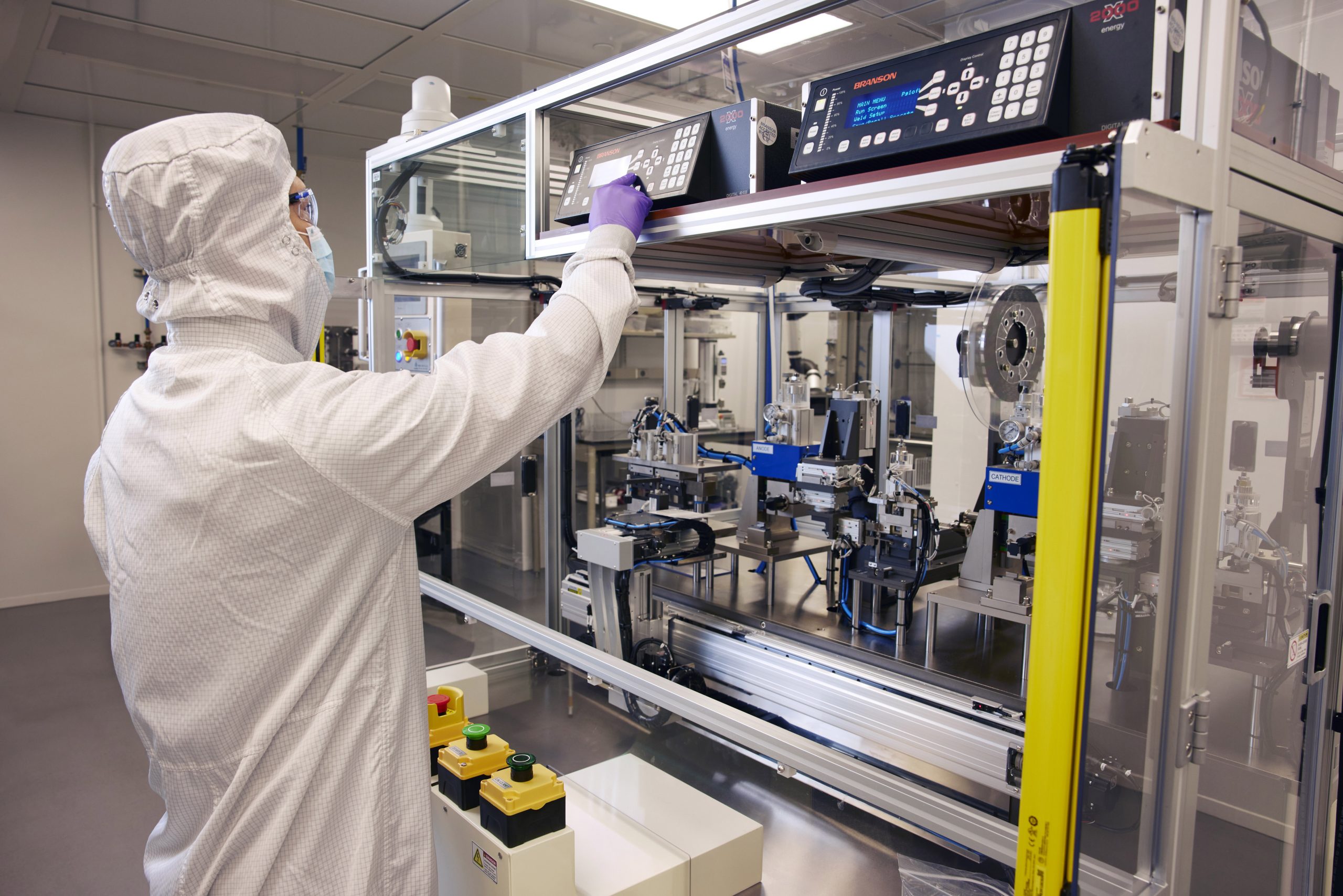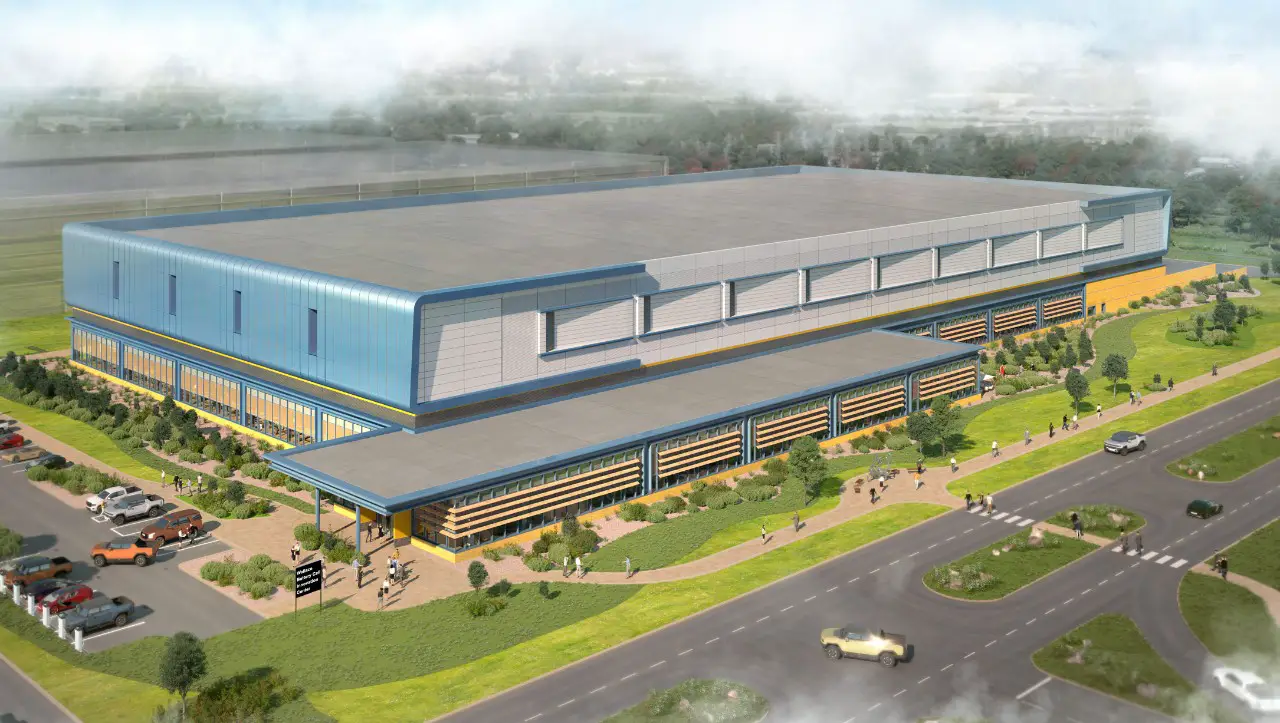The company hopes to bring home battery development to help give it a leg up on global competitors, who are often years ahead of what is currently being produced.

Called the Wallace Battery Cell Innovation Center, the new facility which has already broken ground on a 300,000 square foot initial phase—more are planned—at GM’s Warren, MI Global Technical Center and will be devoted to new battery technologies, like “lithium-metal, silicon and solid-state batteries, along with production methods that can quickly be deployed at battery cell manufacturing plants, including GM’s joint ventures with LG Energy Solution in Lordstown, Ohio, and Spring Hill, Tennessee, and other undisclosed locations in the U.S.”

GM uses pouch-type cells for its batteries in partnership with LG Chem including the new Ultium battery cells. For comparison, Tesla and some others use cylindrical cells resembling familiar C or D cells. At the new center, GM will pioneer large format cells measuring as much as 1,000mm, which is twice the size of first-generation Ultium cells. They are also working on “stacked electrodes with uniform current conductors, uniform electrolyte pressure and electrode pressure, a key to next-generation technology and the path to 500-600 miles-per-charge range,” according to program manager Tim Grew. GM targets an initial 60% cost reduction.

Why is this investment necessary? According to a leading industry expert, “Asian manufacturers are generally 5-7 years ahead on technology.” At the new center, prototypes of large-format lithium-metal automotive use cells will be prototyped and designed for full-scale production.

“The facility is named after Bill Wallace, a GM director who played a pivotal role in the development of the automaker’s advanced battery technology and trained many of its current battery leaders. As director of Battery Systems and Electrification, Wallace led the team that designed and released GM’s advanced automotive battery systems in the Chevrolet Volt 1, Volt 2, Malibu Hybrid and Bolt EV,” according to General Motors.

